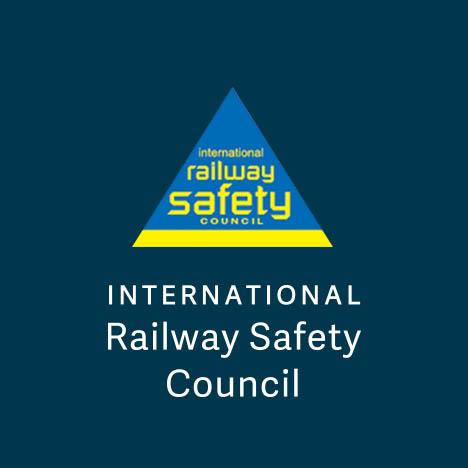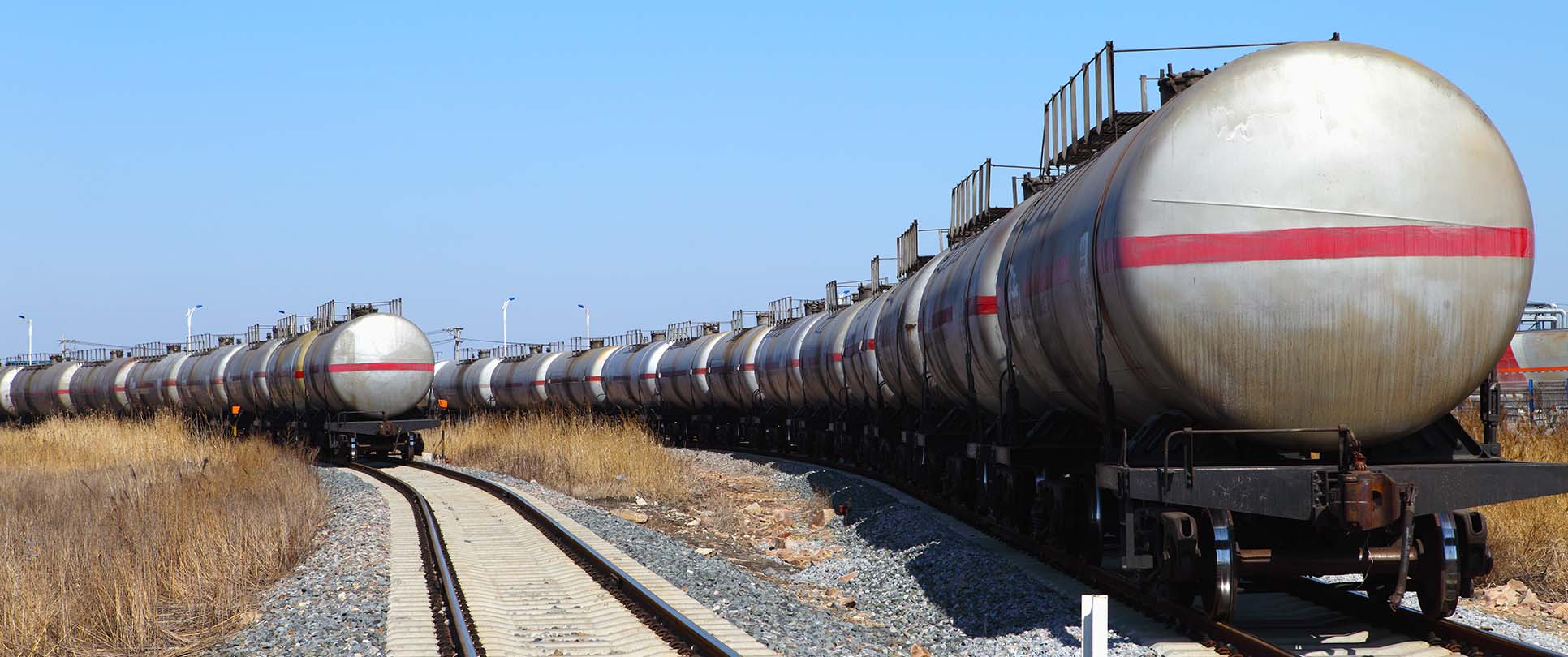johannesburg
A paper which discusses three topics emerging from recent work on international rail safety management. The three areas are: structuring of risk data using relational methods; risk tolerability; improvements in the management of transient and third party risks. Each topic is illustrated by examples provided by MTR Corporation the operator of railway services in Hong Kong, China, London, Stockholm and Melbourne.





